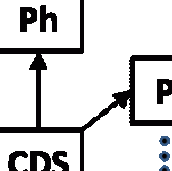 [This essay is one of two long lost essays that have now been restored on RxTrace. It was originally published on November 22, 2010. See “Return Of Two Classics” for an explanation.]
[This essay is one of two long lost essays that have now been restored on RxTrace. It was originally published on November 22, 2010. See “Return Of Two Classics” for an explanation.]
In my last essay, “Who Will Decide Which Pedigree Model You Will Invest In?” I pointed out how easy it is to get confused about pedigree technology because of varying claims made by certain companies who have interests that don’t align well with yours. So where can you get better information? I can provide you with a few good sources, and I will also tell you about a missing ingredient that I see in the current guidance landscape that will need to be addressed in the next couple of years. Continue reading Standards and Guidance For U.S. Pharma Supply Chain Technology





